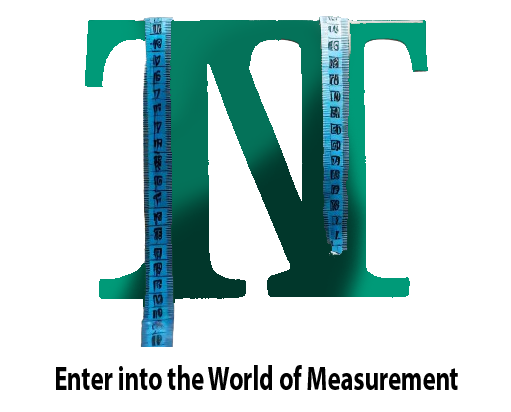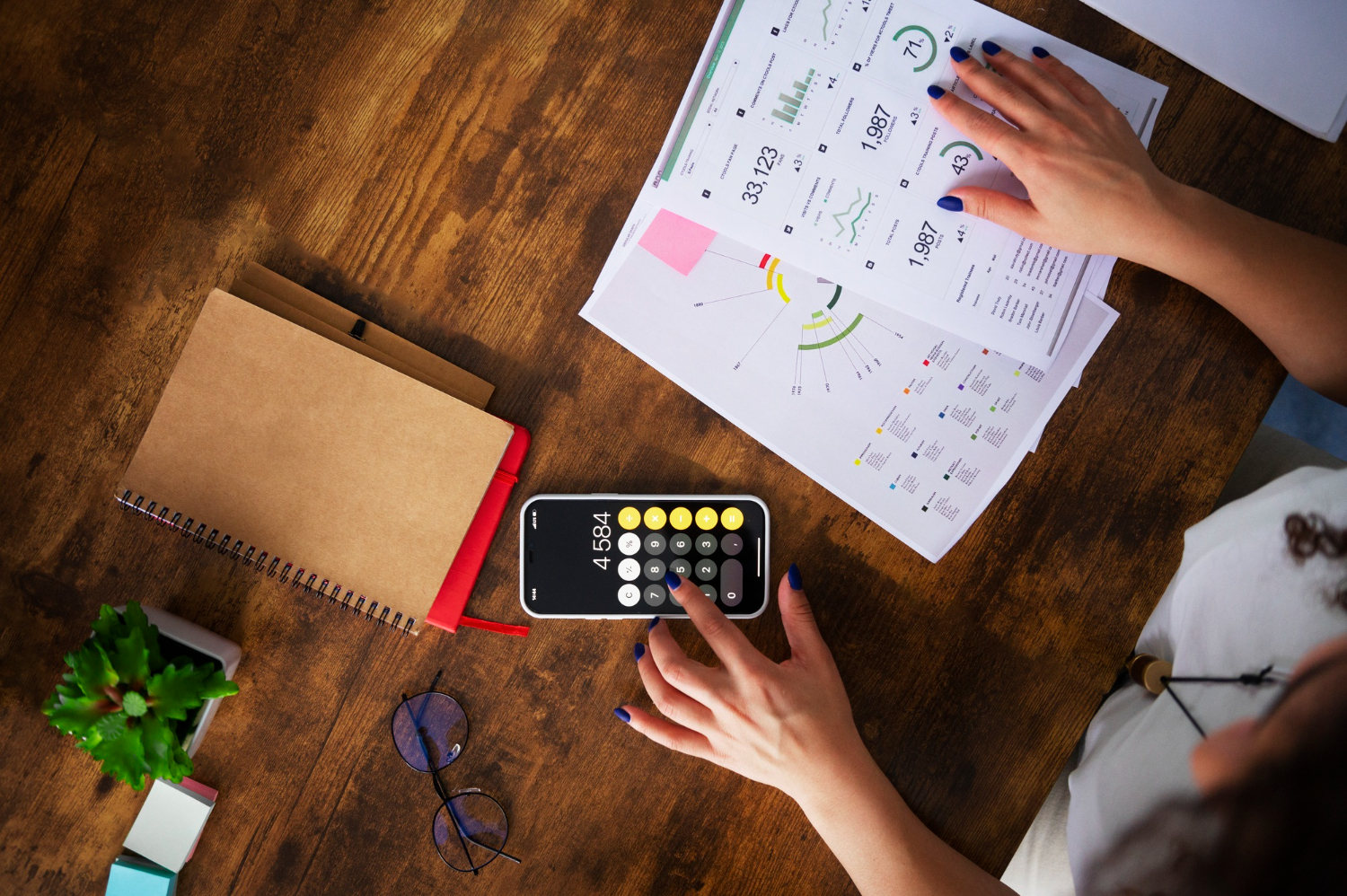The Ultimate Guide to Unit Conversion
Unit conversions are the backbone of everyday tasks, from cooking and DIY projects to scientific research and global trade. Whether you’re converting miles to kilometers for a road trip in Europe, pounds to kilograms for a fitness goal, or Celsius to Fahrenheit for a recipe, understanding how to switch between measurement systems is a vital skill. This guide simplifies unit conversions with real-world data, step-by-step examples, and actionable tips, making you a conversion expert in no time.
Why Unit Conversions Matter
Global Communication:
Bridging the gap between Metric (used by 95% of the world) and Imperial systems (common in the U.S.).
- Example: NASA’s 1999 Mars Climate Orbiter mission failed due to a unit mix-up—thrust was calculated in Imperial pounds-force instead of Metric newtons, costing $125 million.
Accuracy:
Critical in fields like pharmaceuticals (e.g., converting milligrams to micrograms for drug dosages) and engineering (e.g., structural load calculations).
Everyday Life:
Traveling (currency exchange rates), cooking (converting grams to cups), or shopping online (sizing charts).
The Basics of Unit Conversion
Units and Measurement Systems
- Metric System:
- Adopted in 1795 during the French Revolution.
- Base units: meters (length), liters (volume), grams (mass).
- Prefixes: Kilo- (1,000), centi- (0.01), milli- (0.001).
- Imperial System:
- Rooted in British Weights and Measures (pre-1824).
- Units: inches (1/12 of a foot), pounds (16 ounces), gallons (4 quarts).
The Conversion Factor
Multiply by a factor to switch units.
Formula:
Desired Unit = Original Unit × Conversion Factor
Example:
Convert 10 miles to kilometers:
10 miles×1.60934=16.0934 km
Common Conversion Categories
Length/Distance
- Metric:
- 1 kilometer (km) = 1,000 meters (m).
- Mount Everest: 8,848 meters (29,029 feet).
- Imperial:
- 1 mile = 5,280 feet.
- Example: New York to Los Angeles = 2,797 miles (4,501 km).
Weight/Mass
- Metric:
- 1 tonne = 1,000 kilograms (kg).
- Average car weight: 1.5 tonnes (3,306 lbs).
- Imperial:
- 1 ton (U.S.) = 2,000 pounds (lb).
- Example: A blue whale weighs up to 200 tons (181,437 kg).
Volume
- Liquid:
- 1 U.S. gallon = 3.785 liters.
- A standard wine bottle = 750 mL (25.36 fl oz).
- Dry:
- 1 cup (U.S.) = 236.59 mL.
- Example: 1 teaspoon of salt ≈ 5.69 grams.
Temperature
- Science: Absolute zero = -273.15°C or -459.67°F.
- Cooking: Baking at 350°F = 176.7°C.
Formula:
F = (°C \times 1.8) + 32 ]
°C=(°F−32)×0.5556
Time
- Global time zones: 24 zones, each spanning 15° longitude.
- Example: A flight from London to Tokyo (9,556 km) takes 11h 30m.
Digital Storage
- 1 terabyte (TB) = 1,024 gigabytes (GB).
- Example: A 4K movie = ~15 GB.
Advanced Conversion Techniques
Dimensional Analysis
Convert complex units by canceling dimensions.
Example: Convert 50 m/s to km/h:

Handling Non-Standard Conversions
- Why Can’t I Convert kg to Meters?:
Mass and length measure different properties. Use density (mass/volume) for context.
Example: 1 liter of water = 1 kg (at 4°C). - CY Converter:
1 cubic yard (cy) = 0.76455 cubic meters. Used in construction for concrete calculations.
Essential Tools for Effortless Conversions
- Mobile Apps:
- “Convert Anything”: Supports 150+ units, including parsecs for astronomy fans.
- “Convertisseur de Mesure”: French app for converting hectares to acres.
- Cheat Sheets:
- Print a metric system conversion chart:
| 1 cm | 0.3937 inches |
| 1 kg | 2.2046 lbs | - Imperial to Metric Table:
| 1 inch | 2.54 cm |
| 1 gallon | 3.785 L |
- Print a metric system conversion chart:
Common Conversion Mistakes to Avoid
- Decimal Errors:
- Misplacing a decimal in medication dosages can be fatal. Example: 5.0 mg vs. 50 mg.
- Mixing Systems:
- Confusing fluid ounces (volume) with ounces (weight) in baking.
- Temperature Assumptions:
- 30°C ≠ 60°F (actual: 30°C = 86°F).
Real-World Applications
- Cooking:
- Convert 200 grams of flour to cups: 200g ÷ 125g/cup ≈ 1.6 cups.
- Travel:
- Calculate fuel efficiency: 30 miles per gallon (mpg) ≈ 12.75 km per liter.
- Science Labs:
- Convert 50 mL to fluid ounces: 50 mL × 0.033814 ≈ 1.69 fl oz.
- Construction:
- Order concrete: 10 cubic yards ≈ 7.6455 cubic meters.
Specialized Conversion Scenarios
1. Metric to Imperial in Daily Life
- DIY Projects: A 2×4 wooden board is actually 1.5″x3.5″ (38mm x 89mm).
- Running: A 5K race = 3.1 miles.
2. Digital Storage Conversions
- Tech Specs: A 512 GB iPhone holds ~340,000 photos (1.5 MB each).
3. Temperature Conversions
- Extreme Weather: -40°C = -40°F (the scales intersect here).
International Unit Conversion Tips
- Language-Specific Tools:
- Use 单位换算器在线 (Chinese) or conversor de unidades (Spanish) for local needs.
- Currency and Units:
- Check if recipes use “cups” (U.S.) or “grams” (Europe). Example: 1 UK pint = 568 mL vs. 473 mL in the U.S.
FAQs: Answering Your Top Questions
Q: How do I convert cooking measurements like teaspoons to milliliters?
A: 1 teaspoon ≈ 4.93 mL. Use a measurement converter calculator for precision.
Q: What’s the difference between a ton and a tonne?
A: A U.S. ton (short ton) = 2,000 lbs; a tonne (metric ton) = 1,000 kg ≈ 2,204.6 lbs.
Q: How to convert hectares to acres?
A: 1 hectare = 2.47105 acres. Use a conversion table for land measurements.
Q: Why does the U.S. still use Imperial units?
A: Tradition and cost—switching national infrastructure to Metric would cost billions.
Q: How to convert shoe sizes internationally?
A: Use a size converter—a U.S. men’s size 10 = EU 44.
Practice Makes Perfect
Test your skills with these challenges:
- Easy: Convert 100°F to Celsius (Answer: 37.8°C).
- Intermediate: A recipe calls for 500g of sugar—how many cups is that? (Answer: ~2.5 cups).
- Advanced: Calculate the volume of a swimming pool (20m x 10m x 2m) in cubic yards (Answer: ~523.6 yd³).
Conclusion
Mastering unit conversions eliminates guesswork and boosts confidence in daily tasks and professional projects. Bookmark this guide, download a unit converter calculator, and explore tools for quick fixes.







